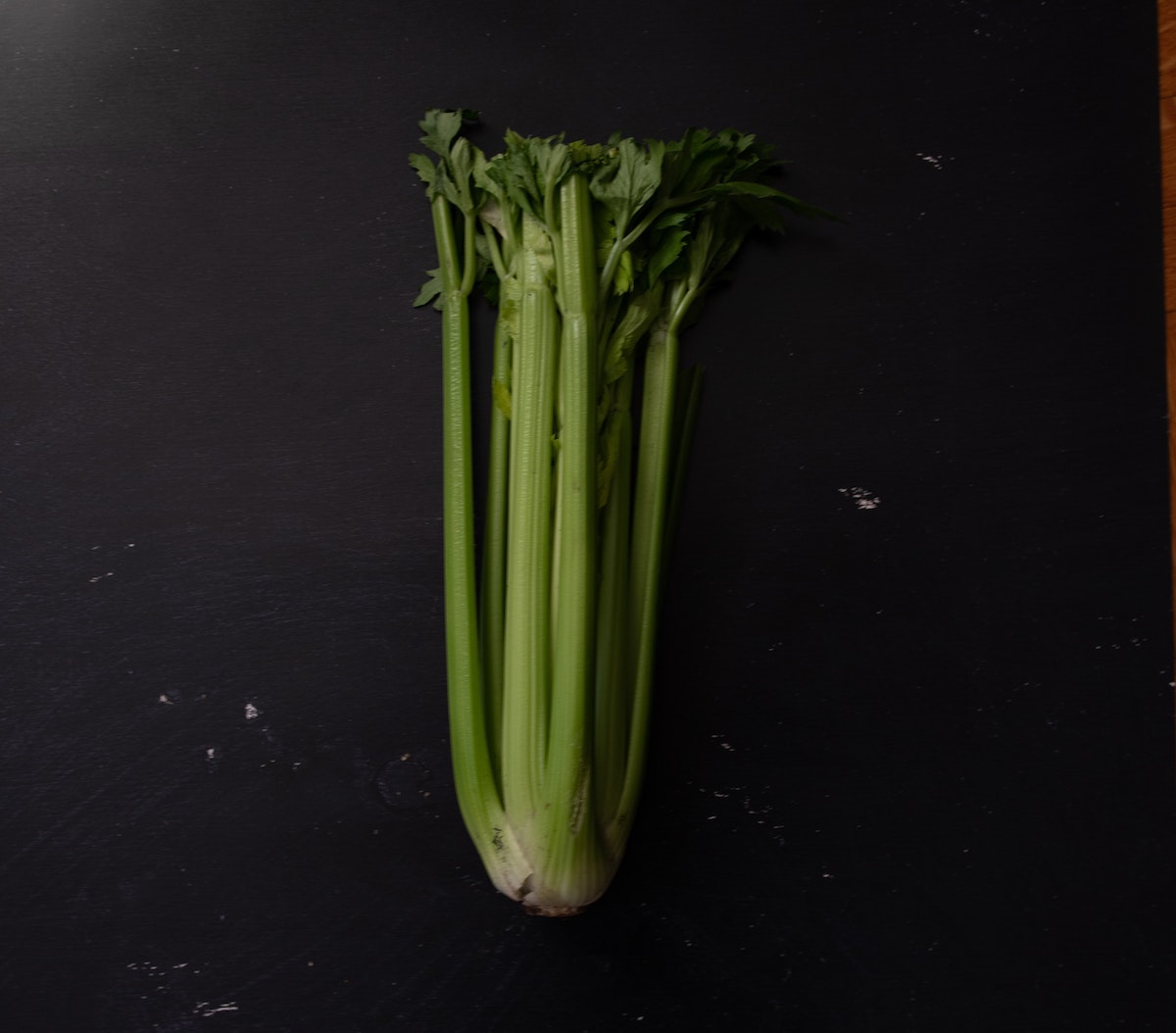Last summer we planted one celery plant in the garden at St. Luke’s. It grew rampantly. It was a happy plant. Unfortunately, none of us had ever planted celery. Everyone saw that it was weeded and watered, but we otherwise just let it grow. None of us had ever grown celery. As the season progressed, the original label was lost. By the end of the summer, we wondered: was this little bush really celery?
This spring, we found that it had survived the winter. Several feet tall, it looked like a very bushy perennial. It tasted extremely bitter, but it was definitely celery. Since I am always curious, I decided that anything that grew that well deserved a chance. I looked online, of course.
It seems that when you buy grocery market celery you should not just cut off the base and compost it. Slice a very thin layer off the bottom of the base (compost that.) You then have a choice: you can place the stump in a dish with water. Change the water every few days. Kept on a sunny windowsill, it will re-grow into edible celery: short and leafy. (Celery leaves are great, fresh or dried, in stews and soups.) To encourage it to grow taller, it could also be planted in soil in a container and kept on the windowsill, watered, and possibly fertilized. Or it could be planted outside in a sunny place.
What we did not know last year was that to make the celery stalks stand up in a bunch, we should have bunched them together as they grew—tied them together by wrapping them with soft tape or a hair scrunchy.
We also did not know that there are two schools of thought: just let them grow or blanch them. Blanching means that about three weeks prior to harvest, you mound the soil up the stems to the base of the leaves. Keeping the sunlight off the stems makes them whiter and less bitter.
Last year’s neglected celery has become this year’s project. It has been cut back to two or three inches above the base. We will not try to blanch it by covering it and keeping it from light. We will just let it be green and grow. We will cut the stalks from time to time and offer them on the sale table… the perfect amount for small households.
Extra tip: do not refrigerate your celery in plastic. It will keep much better when wrapped in aluminum foil.
Extra benefit: if you use organic fertilizer, you will have no chemical fertilizer residue in your salad.
